Home>Gardening & Outdoor>Outdoor Recreation & Activities>How Often Do You Shock A Swimming Pool
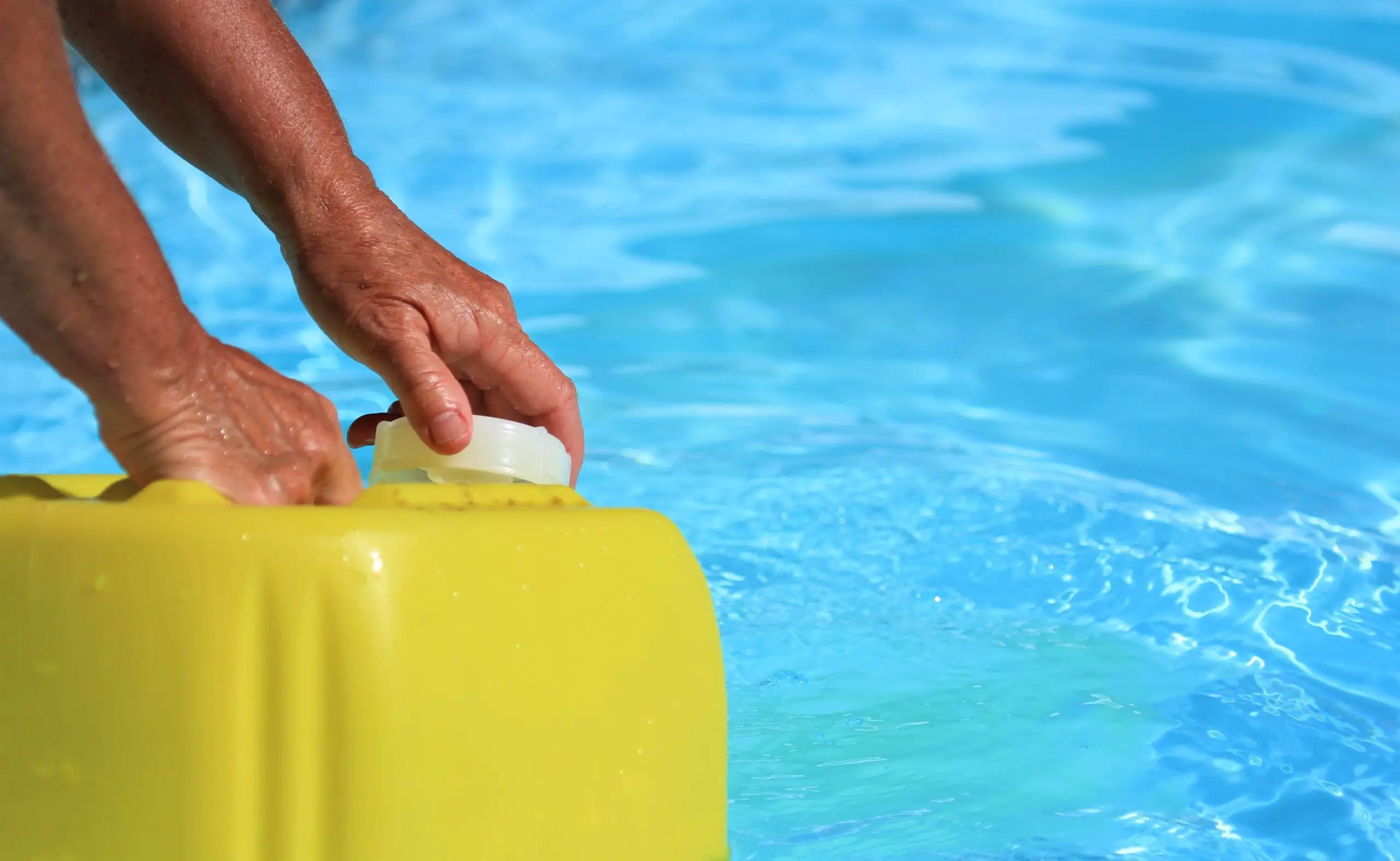

Outdoor Recreation & Activities
How Often Do You Shock A Swimming Pool
Modified: February 18, 2024
Learn the best practices for shocking your swimming pool and keeping it clean and safe for outdoor recreation and activities. Find out how often you should shock your pool for optimal maintenance.
(Many of the links in this article redirect to a specific reviewed product. Your purchase of these products through affiliate links helps to generate commission for Storables.com, at no extra cost. Learn more)
Introduction
Maintaining a clean and inviting swimming pool is essential for ensuring a safe and enjoyable experience for swimmers. One of the key components of pool maintenance is the process of shocking, which plays a crucial role in keeping the water clear, sanitized, and free of contaminants. However, determining the frequency of pool shocking can be a perplexing task for many pool owners. Understanding the factors that influence the need for shocking and recognizing the signs that indicate when it's time to shock your pool are vital for effective pool maintenance.
In this comprehensive guide, we will delve into the intricacies of pool shocking, exploring the various factors that impact the frequency of this essential maintenance task. By gaining insights into the recommended frequency of pool shocking and learning to recognize the signs that your pool is in need of shocking, you will be better equipped to maintain a pristine and healthy swimming environment for yourself, your family, and your guests. So, let's embark on this enlightening journey to unravel the mysteries of pool shocking and equip ourselves with the knowledge needed to keep our pools sparkling and inviting.
Key Takeaways:
- Keep your swimming pool clean and safe by shocking it every 1 to 2 weeks during the swimming season. Adjust the frequency based on pool usage, environmental factors, and weather conditions to maintain optimal water conditions.
- Look out for signs like cloudy water, strong chlorine odor, algae growth, reduced chlorine effectiveness, increased bather load, and environmental factors to know when your pool needs shocking. Proactively addressing these indicators ensures a clean and inviting swimming environment.
Read more: How To Shock A Swimming Pool
What is Pool Shocking?
Pool shocking, also known as super chlorination, is a crucial process in swimming pool maintenance that involves adding a highly concentrated dose of chlorine or non-chlorine shock treatment to the pool water. This procedure is designed to rapidly elevate the chlorine levels in the pool, effectively sanitizing the water by eliminating organic contaminants, bacteria, algae, and other impurities that regular chlorine levels may struggle to combat.
The primary purpose of pool shocking is to restore the water to a clean, clear, and safe state by oxidizing and breaking down organic and inorganic materials that accumulate in the pool. These contaminants can include sweat, body oils, sunscreen, leaves, insects, and other debris that find their way into the water, compromising its quality and clarity.
There are two main types of pool shock treatments: chlorine shock and non-chlorine shock. Chlorine shock, the more commonly used method, involves the addition of a highly concentrated chlorine product to the pool water. This type of shock treatment effectively raises the free chlorine levels in the water, allowing it to rapidly eliminate contaminants and restore water clarity. On the other hand, non-chlorine shock treatments utilize alternative oxidizing agents, such as potassium peroxymonosulfate, to sanitize the pool water without significantly affecting the chlorine levels.
It's important to note that pool shocking should be performed in the evening or at night to allow the shock treatment to work without being rapidly degraded by sunlight. Additionally, swimmers should wait until the chlorine levels return to safe levels before re-entering the pool to avoid skin and eye irritation.
In essence, pool shocking is a vital maintenance practice that helps to keep swimming pool water clean, safe, and inviting by effectively combating and eliminating a wide range of contaminants that can compromise water quality and clarity. Understanding the significance of pool shocking and its role in maintaining a healthy swimming environment is essential for every pool owner.
Factors Affecting Pool Shocking Frequency
The frequency at which a swimming pool needs to be shocked is influenced by several key factors that directly impact the water quality and the accumulation of contaminants. Understanding these factors is crucial for determining the appropriate schedule for pool shocking and ensuring that the water remains clean, clear, and safe for swimmers. Let's explore the factors that play a significant role in determining the frequency of pool shocking:
-
Pool Usage: The frequency of pool usage and the number of swimmers can significantly impact the need for pool shocking. A pool that experiences heavy usage, such as hosting frequent pool parties or accommodating a large number of swimmers, is more prone to accumulating contaminants. Higher bather loads introduce organic materials, such as sweat, body oils, and sunscreen, into the water, necessitating more frequent shocking to maintain water clarity and sanitation.
-
Environmental Factors: The surrounding environment can also influence the frequency of pool shocking. Pools located in areas with heavy foliage or high winds are more susceptible to debris, such as leaves, pollen, and insects, entering the water. Additionally, exposure to intense sunlight can accelerate the breakdown of chlorine, potentially requiring more frequent shock treatments to compensate for the diminished chlorine effectiveness.
-
Weather Conditions: Weather-related factors, such as temperature and rainfall, can impact the frequency of pool shocking. Warmer temperatures promote the growth of algae and bacteria, necessitating more frequent shocking to combat these contaminants. Similarly, heavy rainfall can introduce organic matter and pollutants into the pool, increasing the demand for shock treatments to restore water quality.
-
Pool Chemistry: The chemical balance of the pool water, including pH levels, alkalinity, and cyanuric acid (CYA) concentration, can influence the effectiveness of chlorine and the need for pool shocking. Imbalanced water chemistry can render chlorine less effective in sanitizing the water, potentially requiring more frequent shock treatments to compensate for the compromised chlorine activity.
-
Algae Growth: The presence of algae in the pool water is a significant factor that can necessitate more frequent shocking. Algae growth not only compromises water clarity but also poses health risks to swimmers. Pools with a history of algae outbreaks or those located in areas prone to algae growth may require more frequent shock treatments to prevent and eliminate algae infestations.
By considering these factors and their impact on water quality and contamination levels, pool owners can make informed decisions regarding the frequency of pool shocking. Adapting the shock treatment schedule based on these influencing factors is essential for maintaining a clean, healthy, and inviting swimming pool environment.
It is recommended to shock a swimming pool every 1-2 weeks to maintain proper sanitation and water clarity. However, factors such as heavy usage, weather, and water conditions may require more frequent shocking.
Recommended Pool Shocking Frequency
Determining the optimal frequency for shocking a swimming pool is a critical aspect of effective pool maintenance. While the specific schedule for pool shocking may vary based on individual circumstances and environmental factors, there are general guidelines that can help pool owners establish a suitable routine for this essential maintenance practice.
For most residential pools, it is typically recommended to shock the pool every 1 to 2 weeks during the swimming season. This frequency provides a proactive approach to maintaining water clarity and sanitation, especially in pools that experience moderate to heavy usage. Regular shock treatments help to prevent the accumulation of organic contaminants, bacteria, and algae, ensuring that the water remains clean, clear, and safe for swimmers.
In instances where the pool is subjected to heavy usage, such as hosting frequent gatherings or accommodating a high number of swimmers, more frequent shocking may be necessary. Heavy bather loads introduce a higher concentration of organic materials into the water, necessitating increased maintenance to uphold water quality and hygiene. Similarly, pools located in areas with intense sunlight, heavy foliage, or warm temperatures may benefit from more frequent shock treatments to counteract the accelerated breakdown of chlorine and the heightened risk of algae growth.
Conversely, pools that experience minimal usage or are equipped with effective sanitation systems may require less frequent shocking. In such cases, a monthly shock treatment schedule may suffice to maintain water clarity and sanitation, provided that the pool water is consistently balanced and free of visible contaminants.
It is important to emphasize that the recommended frequency for pool shocking serves as a guideline, and pool owners should assess their individual circumstances and environmental conditions to determine the most suitable shock treatment schedule for their pools. Regular monitoring of water quality, bather loads, environmental factors, and the effectiveness of the pool's sanitation system can aid in adjusting the shock treatment frequency as needed to uphold optimal water conditions.
By adhering to a recommended pool shocking frequency that aligns with the specific requirements of the pool and its surroundings, pool owners can effectively preserve water quality, prevent the proliferation of contaminants, and create a safe and enjoyable swimming environment for all.
Signs That Your Pool Needs Shocking
Recognizing the signs that indicate when your pool is in need of shocking is essential for maintaining water clarity, sanitation, and overall pool health. By being attentive to these indicators, pool owners can proactively address potential water quality issues and ensure a clean and inviting swimming environment for themselves and their guests. Here are the key signs that suggest your pool requires shocking:
-
Cloudy Water: Cloudiness in the pool water is a prominent sign that the water may be laden with suspended particles and contaminants. This turbidity can result from the accumulation of organic materials, bacteria, and algae, indicating the need for a shock treatment to restore water clarity and eliminate the underlying causes of cloudiness.
-
Strong Chlorine Odor: While a faint chlorine scent is expected in properly sanitized pools, an overpowering or pungent chlorine odor can signal the presence of chloramines, which are formed when chlorine combines with organic contaminants. This indicates that the chlorine levels are overwhelmed by the accumulated impurities, necessitating a shock treatment to break down chloramines and restore effective sanitation.
-
Algae Growth: The appearance of algae in the pool water, manifested as green, brown, or black discoloration, is a clear indication of compromised water quality. Algae growth not only detracts from the pool's aesthetic appeal but also poses health risks to swimmers. Shocking the pool is crucial for eradicating existing algae and preventing its resurgence.
-
Reduced Chlorine Effectiveness: Regular testing of the pool water may reveal diminished chlorine effectiveness, indicated by low free chlorine levels or rapid chlorine depletion. This can occur due to the presence of high organic loads, inadequate sanitation, or imbalanced water chemistry. A shock treatment is necessary to bolster chlorine activity and eliminate contaminants.
-
Increased Bather Load: Hosting a larger number of swimmers or frequent pool gatherings can introduce a higher concentration of organic contaminants into the water. This elevated bather load can strain the pool's sanitation system, necessitating more frequent shock treatments to counteract the heightened organic demand and maintain water hygiene.
-
Environmental Factors: External influences, such as heavy rainfall, intense sunlight, or windblown debris, can contribute to the deterioration of water quality. These factors can introduce pollutants, organic matter, and debris into the pool, necessitating a shock treatment to address the resultant contamination and restore water clarity.
By remaining vigilant for these signs and promptly addressing the need for pool shocking, pool owners can uphold water quality, prevent the proliferation of contaminants, and create a safe and enjoyable swimming environment for all. Regular monitoring of these indicators empowers pool owners to take proactive measures to maintain a clean and inviting pool that enhances the overall swimming experience.
Read more: How Often Do You Shock A Hot Tub
Conclusion
In conclusion, the frequency of pool shocking is a pivotal aspect of effective pool maintenance, directly influencing water clarity, sanitation, and overall pool health. By understanding the factors that impact the need for shocking, recognizing the signs that indicate when a pool requires treatment, and adhering to recommended shock treatment frequencies, pool owners can proactively uphold optimal water conditions and create a safe and inviting swimming environment.
The process of pool shocking, whether through chlorine or non-chlorine shock treatments, plays a crucial role in eliminating organic contaminants, bacteria, algae, and other impurities that compromise water quality. By rapidly elevating chlorine levels, shock treatments effectively sanitize the water, restoring it to a clean, clear, and safe state. This essential maintenance practice is particularly vital for pools subjected to heavy usage, environmental debris, warm temperatures, and other factors that contribute to the accumulation of contaminants.
Understanding the recommended frequency for pool shocking empowers pool owners to establish a proactive maintenance routine that aligns with the specific requirements of their pools. While a general guideline suggests shocking the pool every 1 to 2 weeks during the swimming season, individual circumstances, such as pool usage, environmental factors, and weather conditions, may necessitate more frequent or less frequent shock treatments. Regular monitoring of water quality, bather loads, and environmental influences enables pool owners to adjust the shock treatment frequency as needed to maintain optimal water conditions.
By recognizing the signs that indicate when a pool requires shocking, such as cloudy water, strong chlorine odor, algae growth, reduced chlorine effectiveness, increased bather load, and environmental factors, pool owners can promptly address potential water quality issues. Proactively responding to these indicators ensures that the pool remains clean, clear, and safe, enhancing the overall swimming experience for all.
In essence, the frequency of pool shocking is a dynamic aspect of pool maintenance that requires attentiveness, adaptability, and a proactive approach. By integrating the insights gained from this guide into their pool maintenance practices, pool owners can effectively preserve water quality, prevent the proliferation of contaminants, and create a welcoming and enjoyable swimming environment for themselves, their families, and their guests.
Frequently Asked Questions about How Often Do You Shock A Swimming Pool
Was this page helpful?
At Storables.com, we guarantee accurate and reliable information. Our content, validated by Expert Board Contributors, is crafted following stringent Editorial Policies. We're committed to providing you with well-researched, expert-backed insights for all your informational needs.
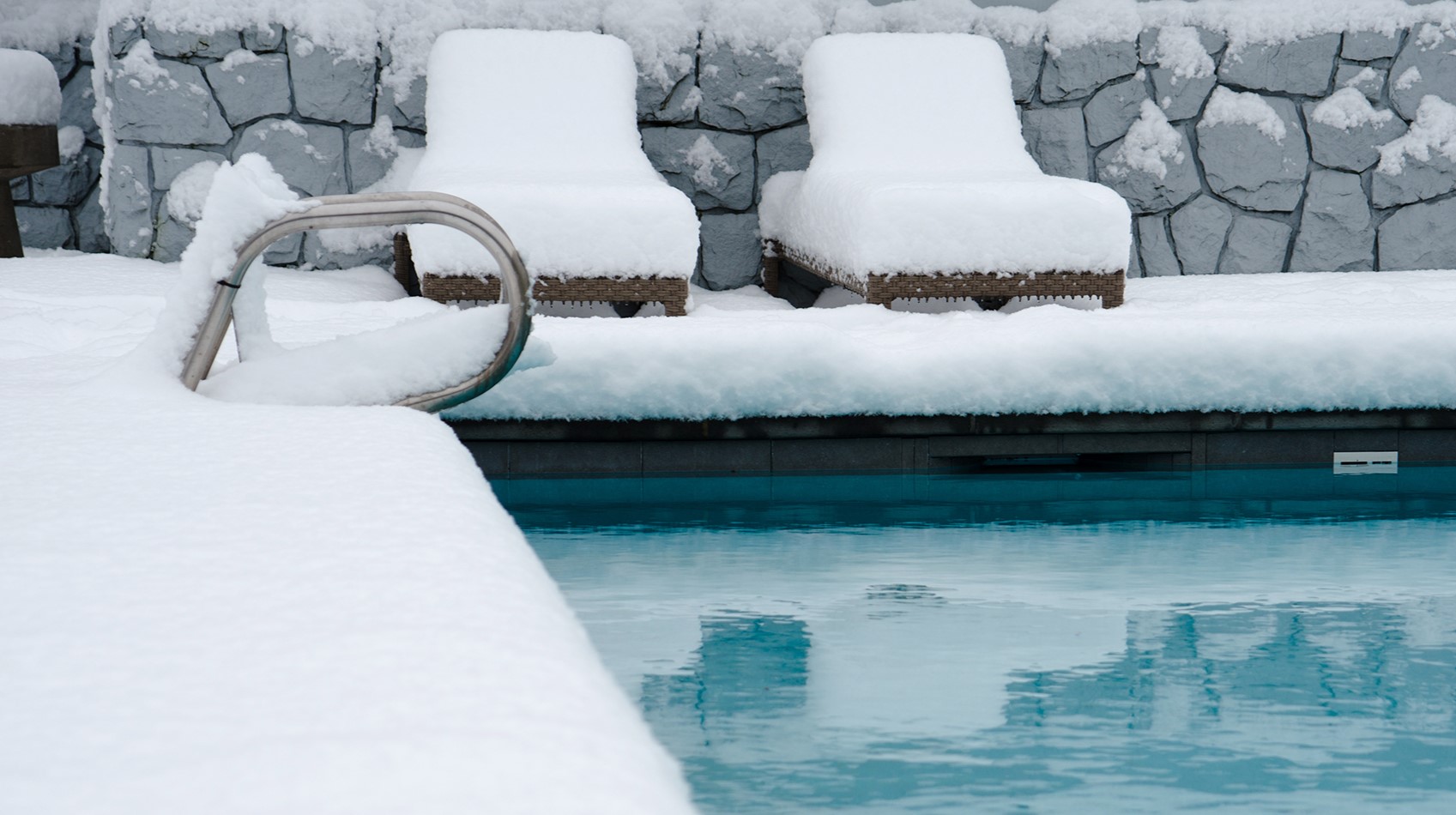
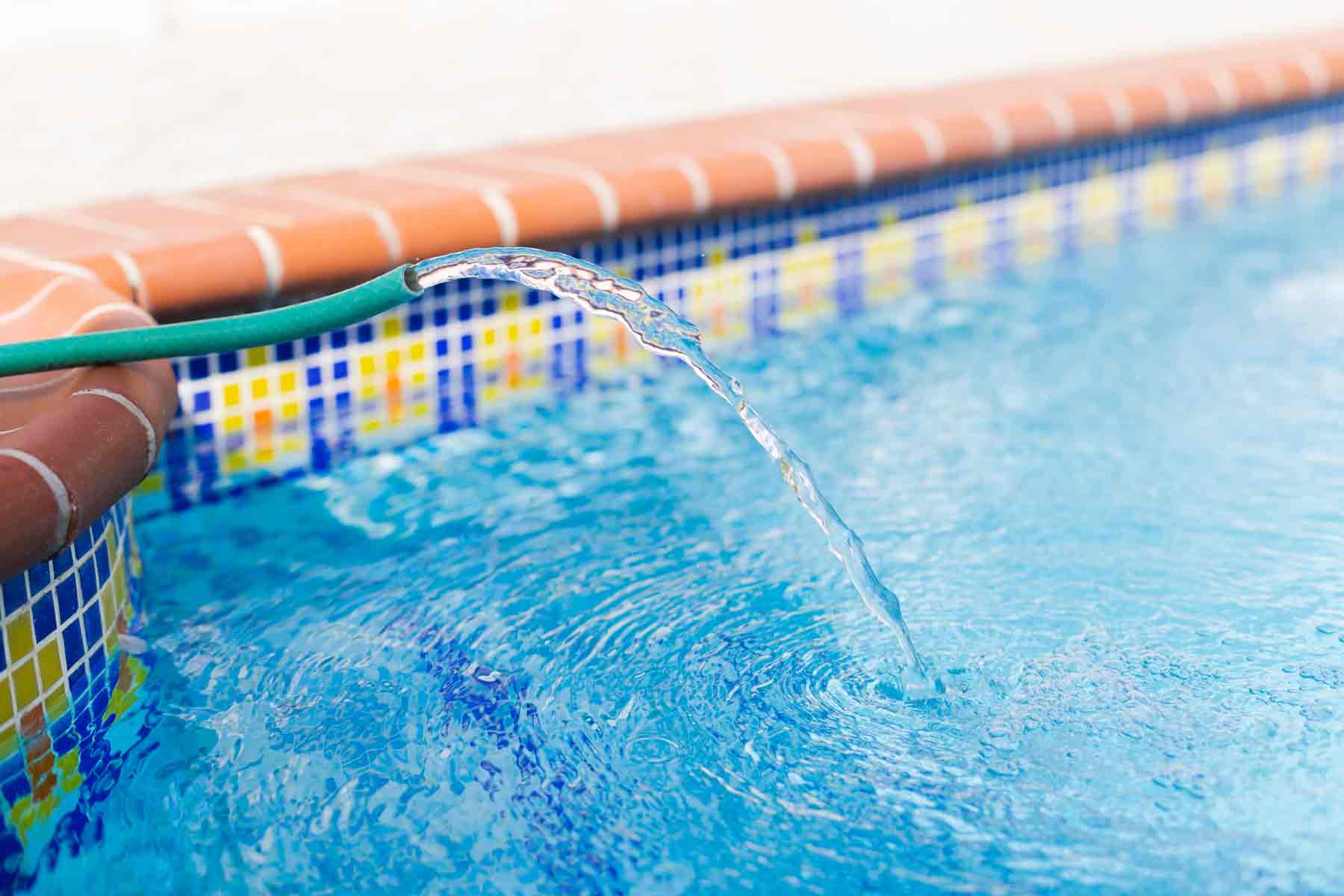
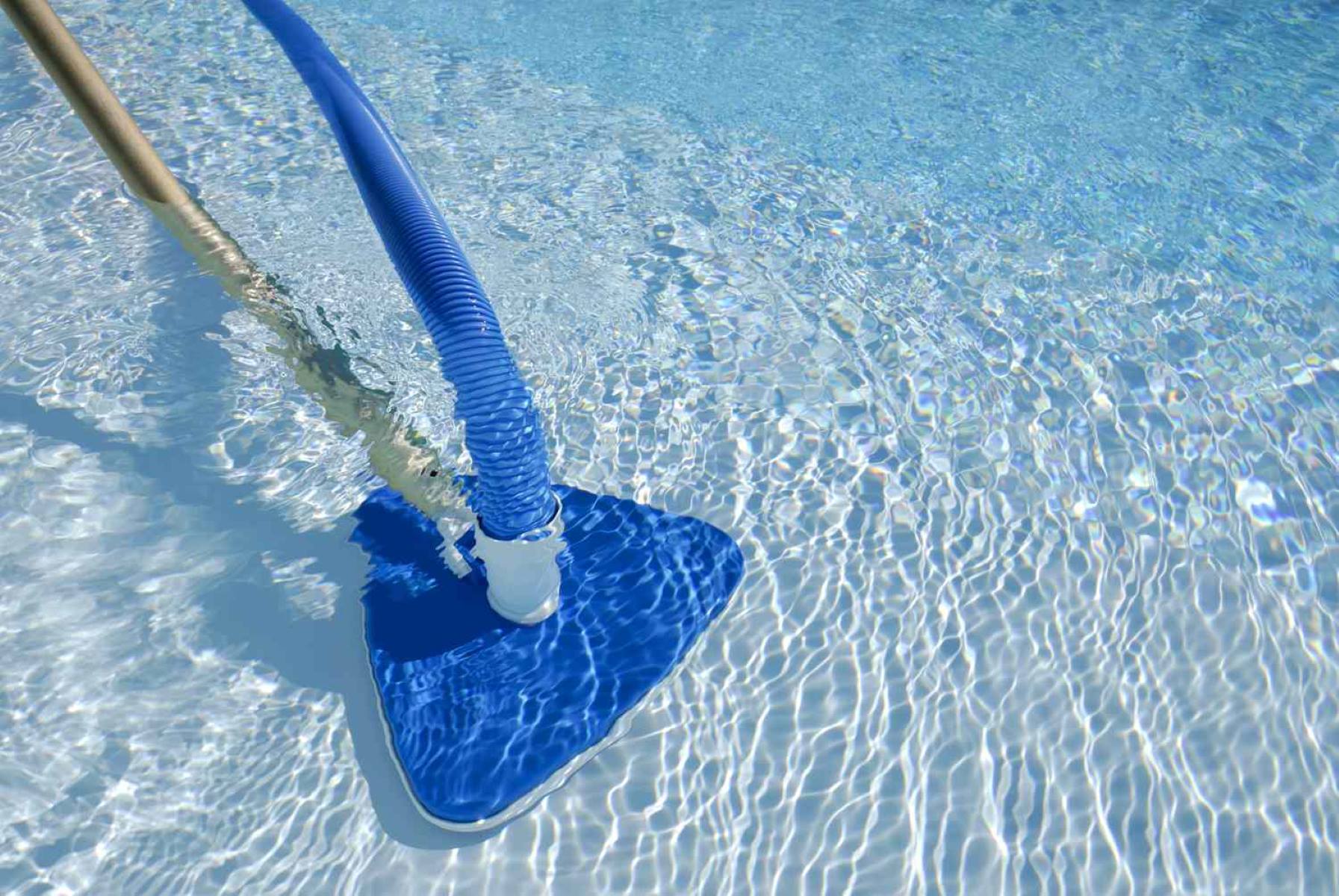
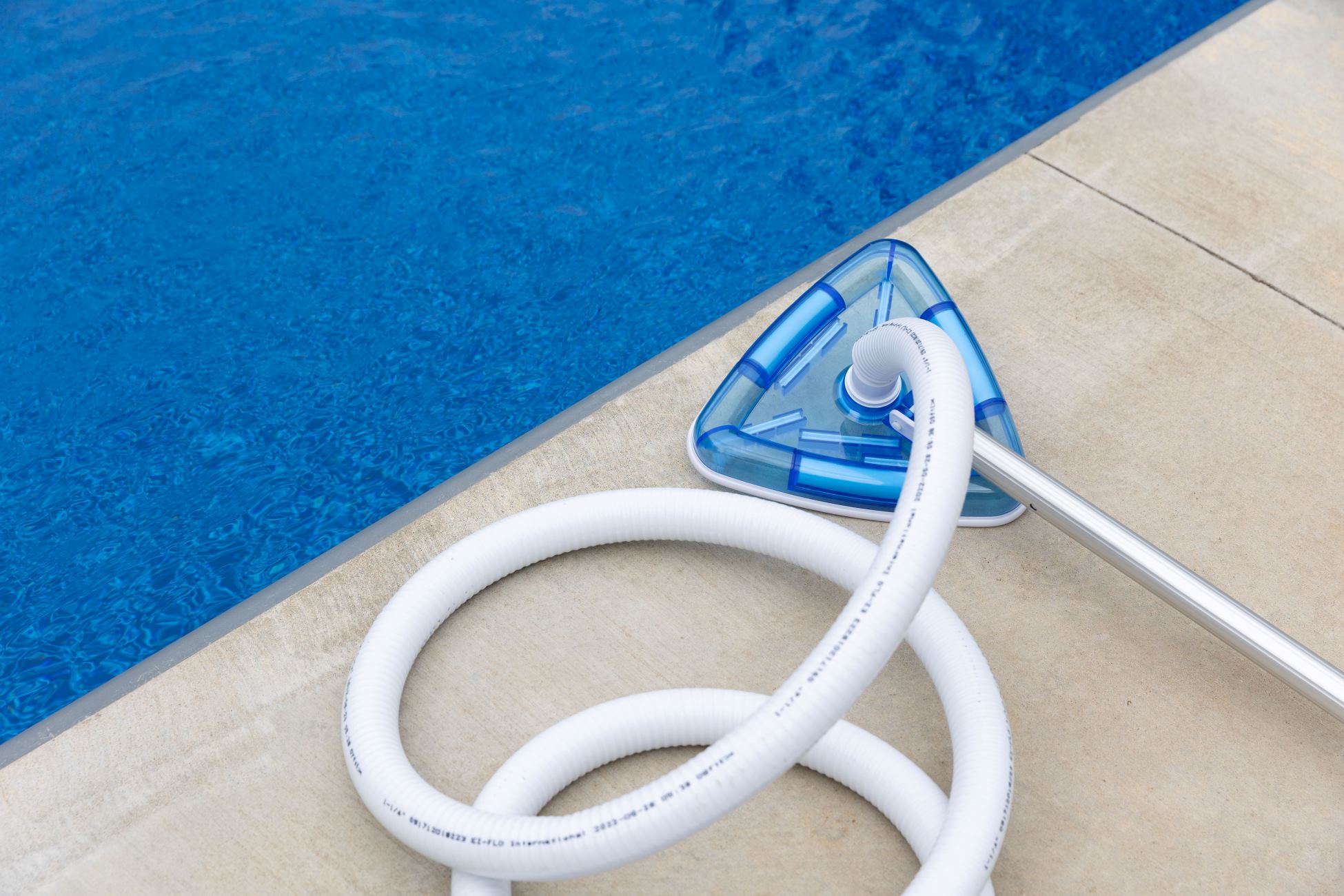
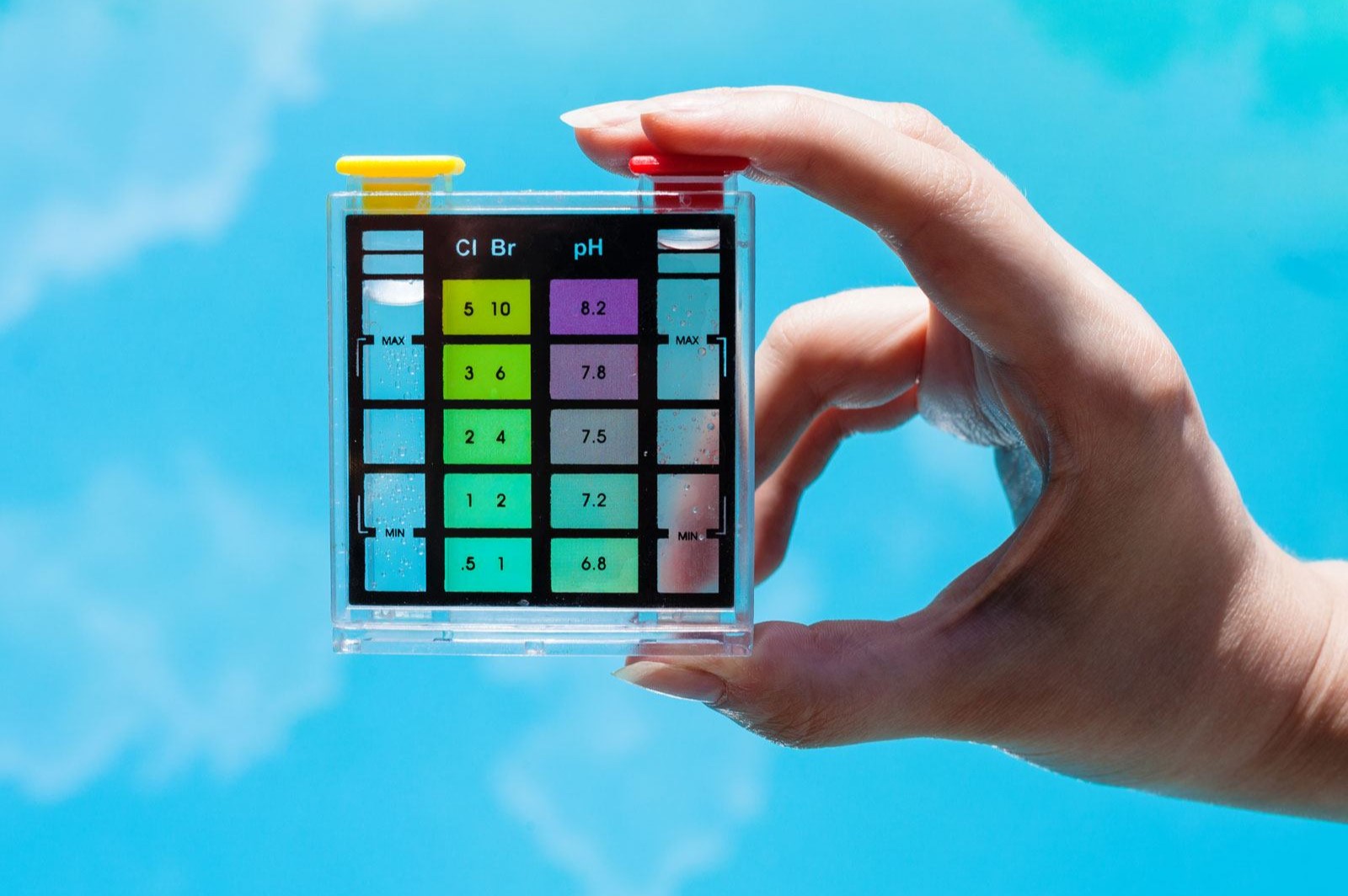
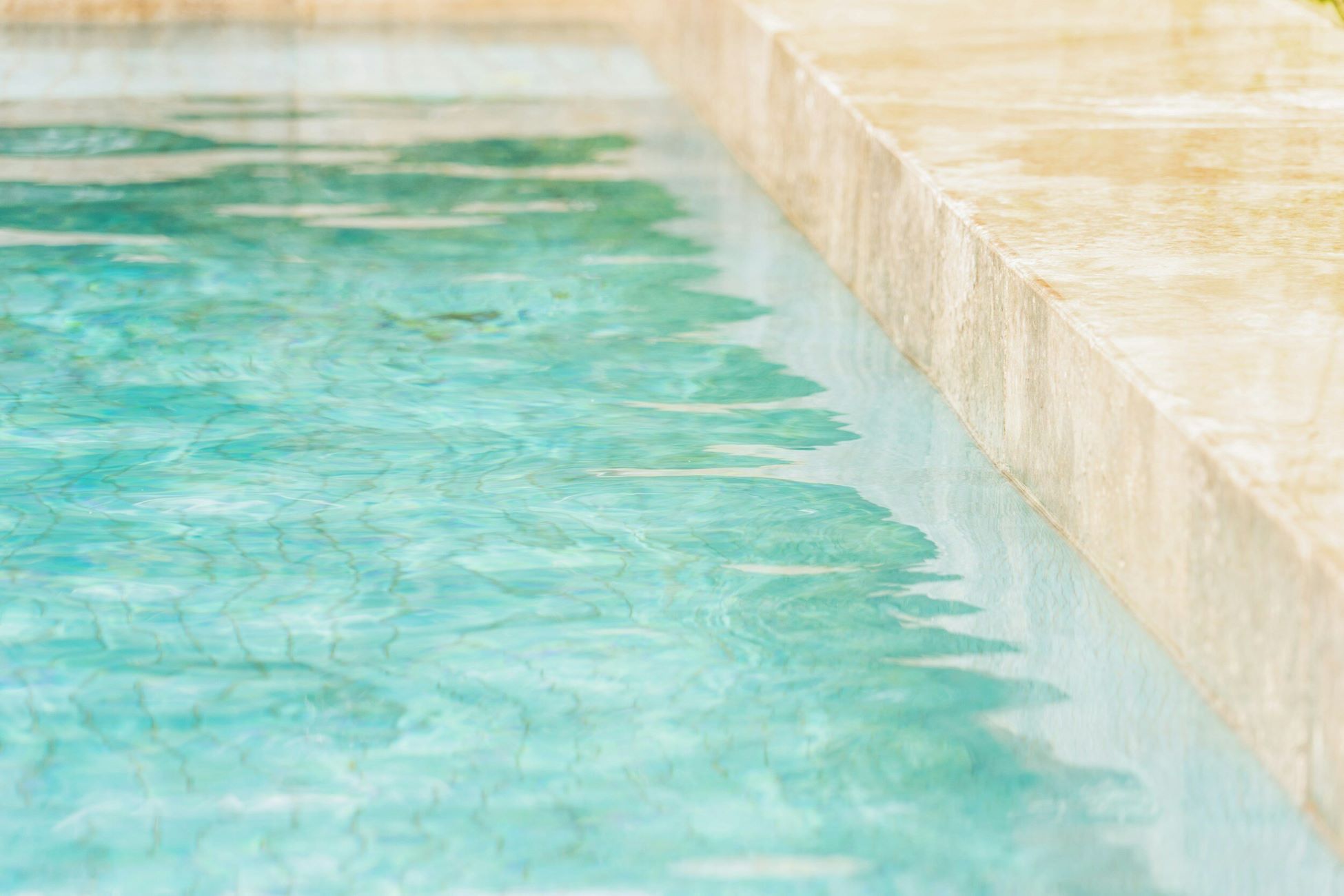
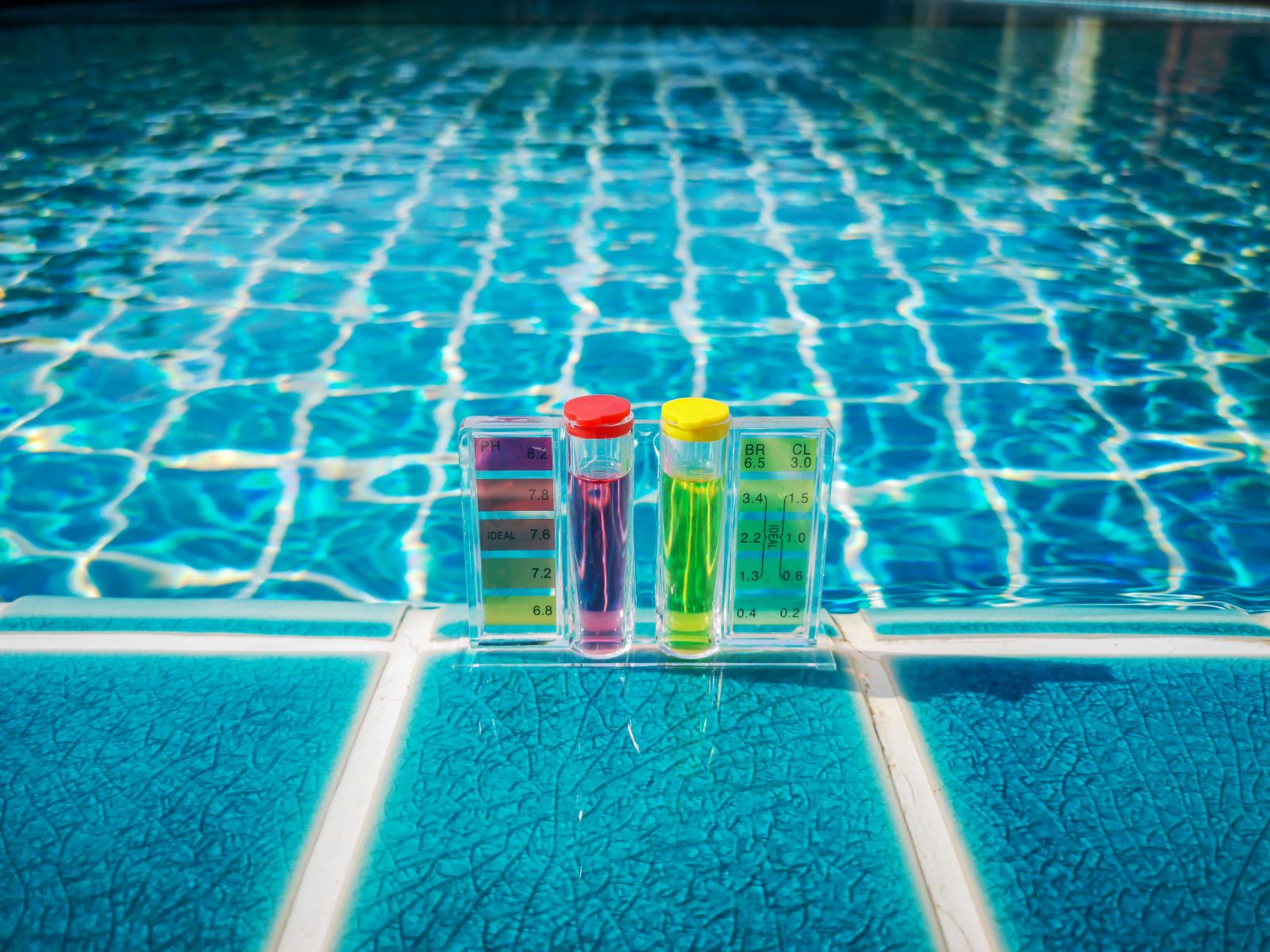
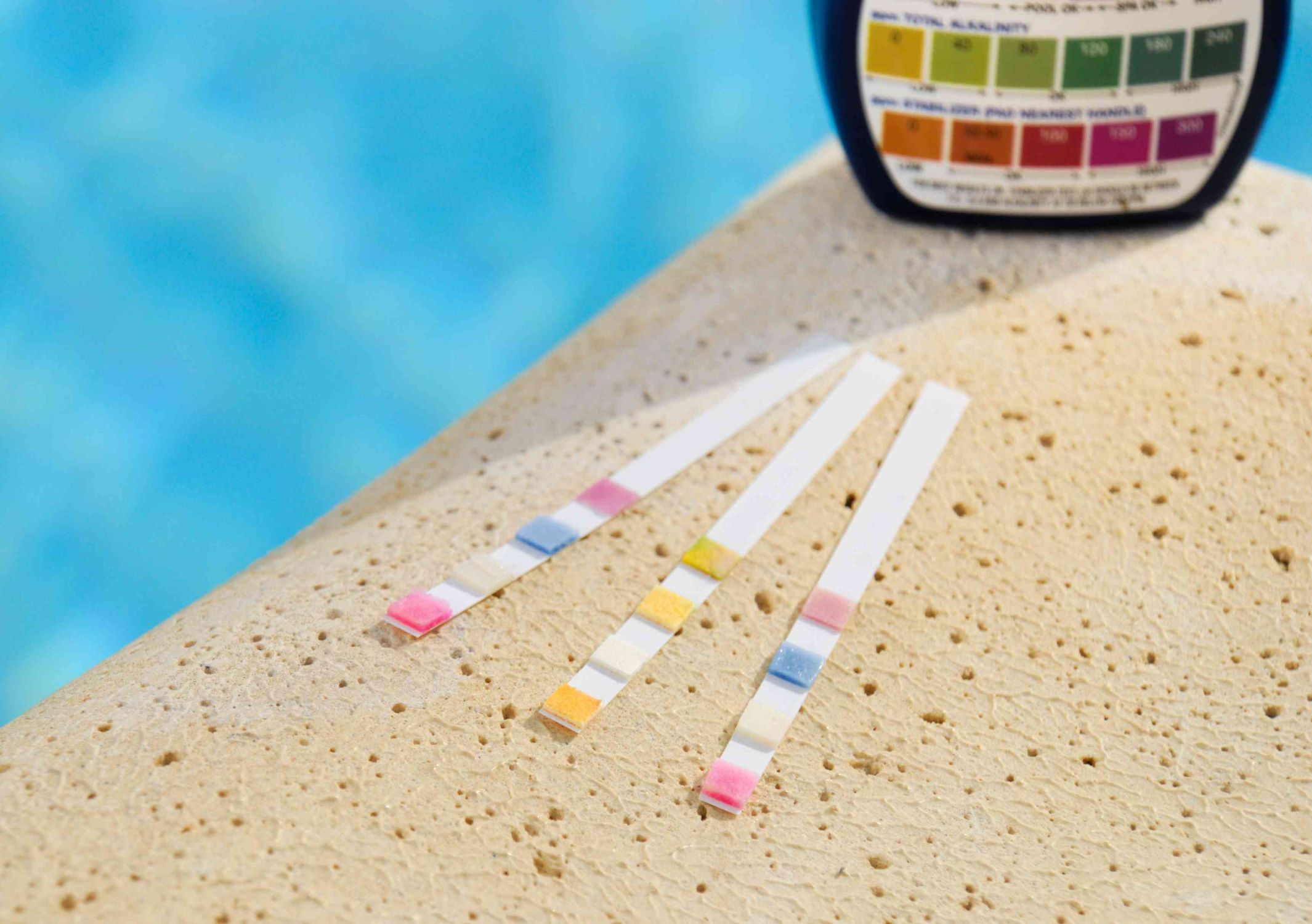
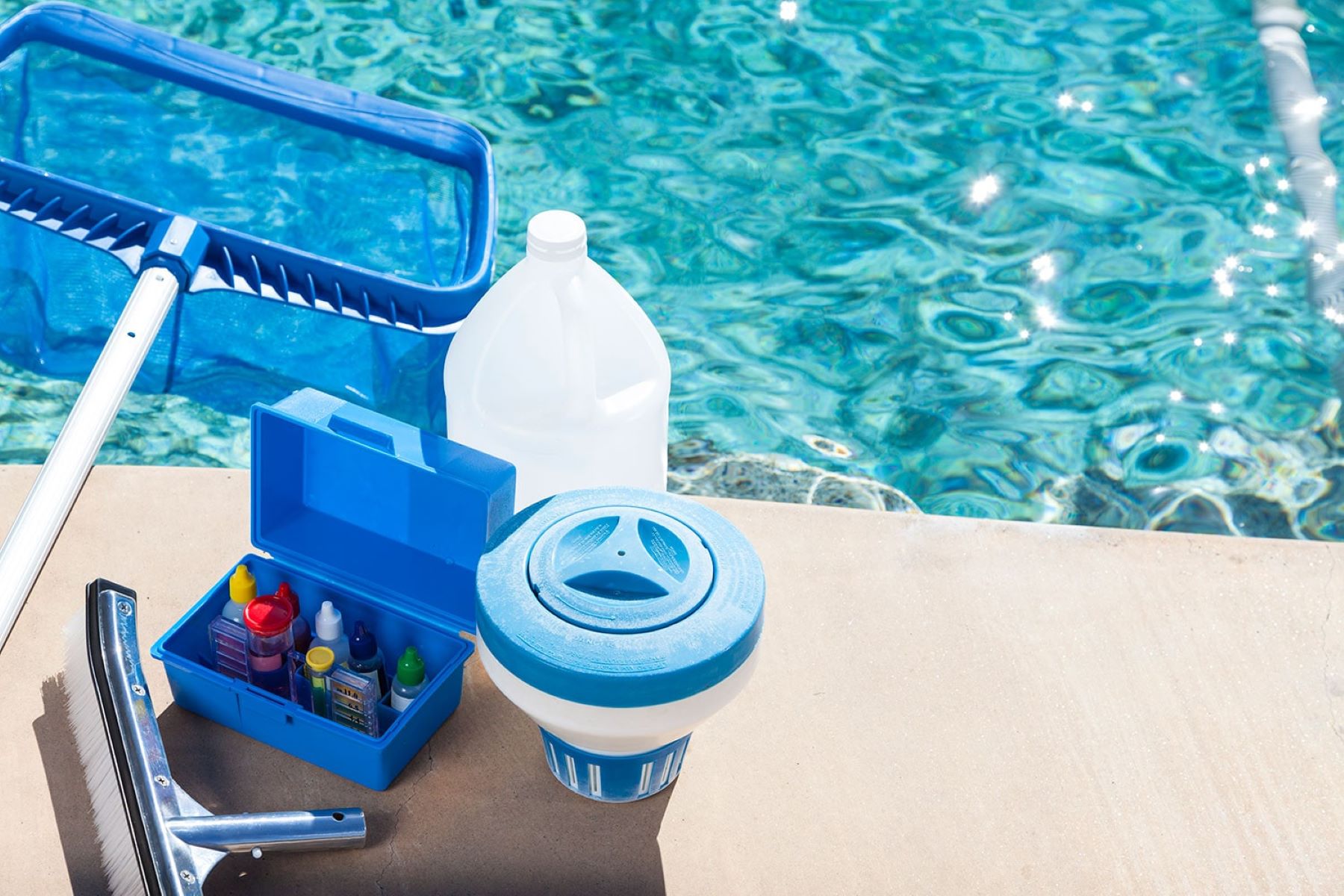

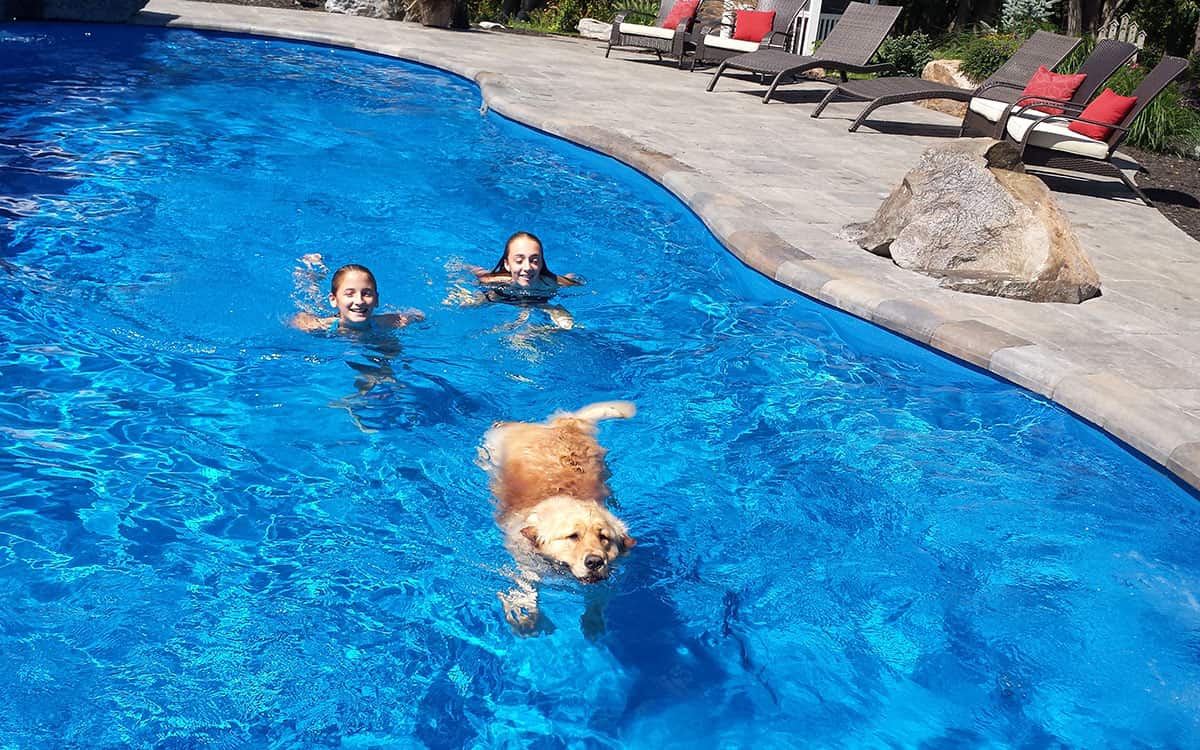
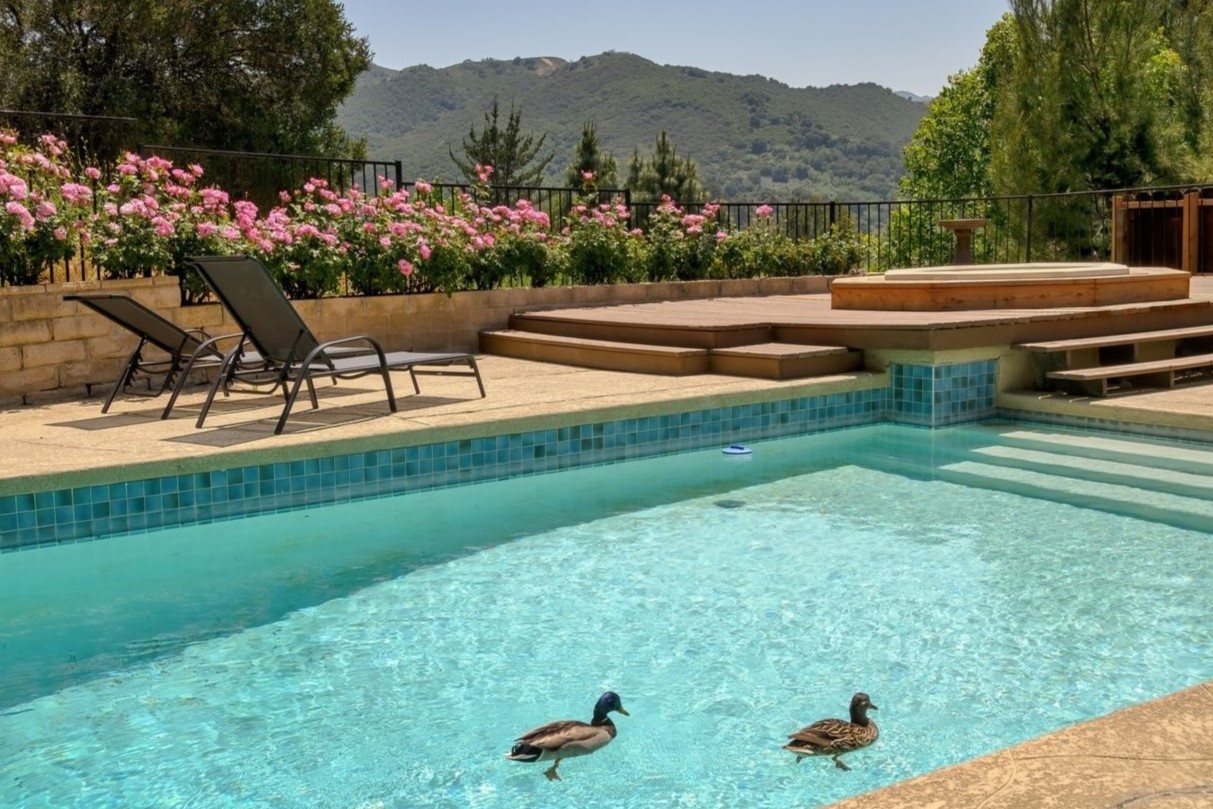
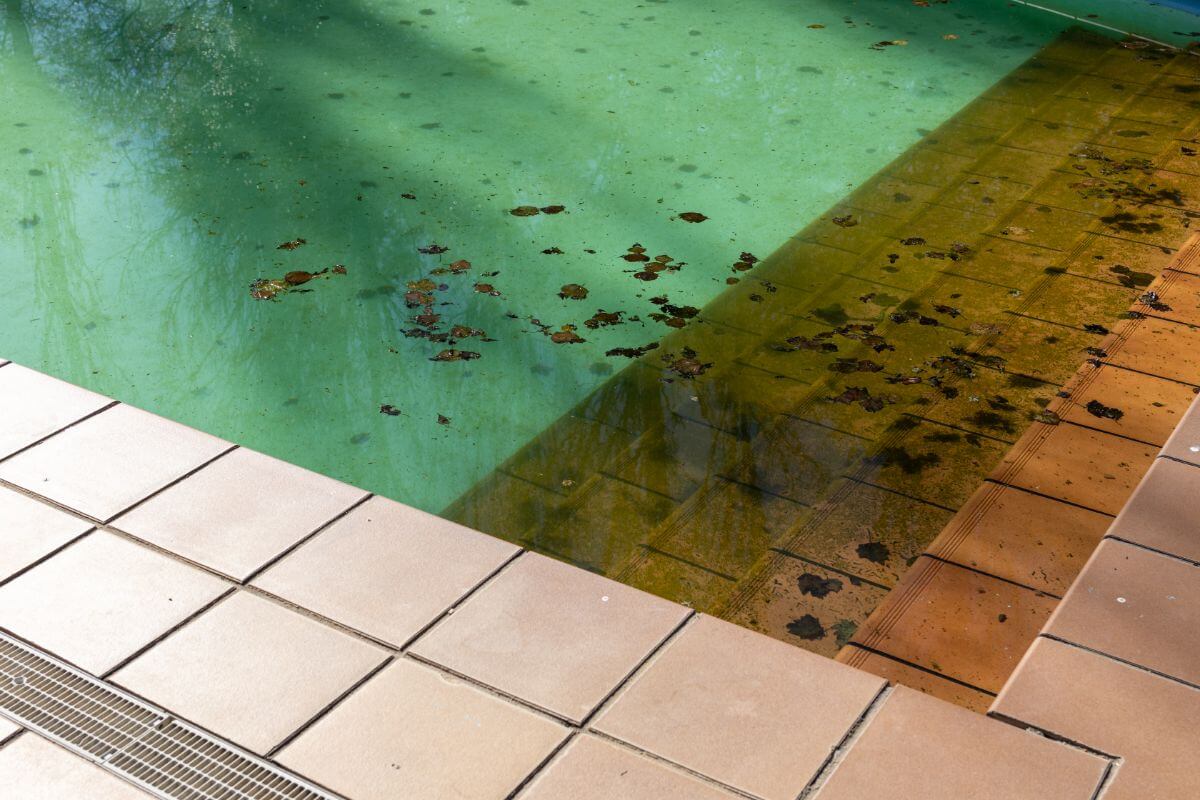


0 thoughts on “How Often Do You Shock A Swimming Pool”